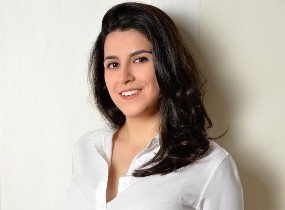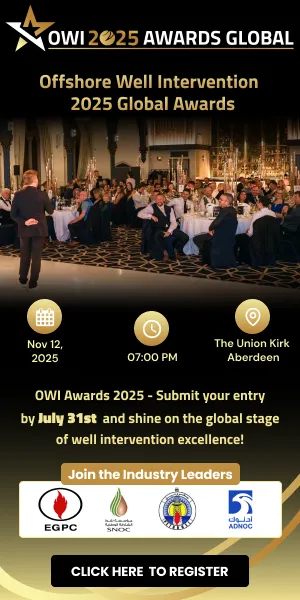Jennifer Chammas, regional head of sustainability and sustainable finance, HSBC Bank Middle East Ltd, discusses the growing role of climate-linked finance in the Middle East
How can sustainable finance help to mitigate climate change?
The role of the finance industry in supporting the significant capital investment in the energy transition is crucial. A recent UN report estimated that US$1 trillion in external finance is needed per year in emerging and developing markets by 2030 (excluding China), which is estimated to be 10 to 20 times more than at present.
At HSBC we’ve committed to providing between US$750bn and US$1 trillion of sustainable finance and investment by 2030. We are committed to supporting our clients on their transition plans and bring best practices and international expertise to individuals and industries across the Middle East.
We will regularly engage with our energy clients on their transition plans, with assessments on their progress complete by the end of 2024, and financing reviewed on an annual basis. We will cease new financing where no transition plan is produced or where the plans are incompatible with our targets, and assess whether to continue with existing financing agreements.
Can you explain how the products operate, and the main financial mechanisms?
Depending on the financing purpose, we provide clients with a range of products tailored to their business needs. In terms of lending products there are two types of products we offer: proceeds-based loans and sustainability-linked loans (SLLs).
The proceeds of Green Loans and Social Loans are used exclusively to finance eligible green or social projects, whereas SLLs can be structured to reflect a corporate’s existing sustainability strategy and targets.
Examples of eligible green projects are those funding renewable energy, waste and water management, pollution prevention and control. Social projects would include those funding affordable basic infrastructure like access to drinking water, employment generation projects and food security.
Sustainable linked solutions on the other hand, are not tied specifically to the use of proceeds of the loan but to specific environmental or social metrics such as reduction in greenhouse gas emissions, diversity and inclusion metrics, and increasing the usage of sustainable raw materials.
HSBC aligns all our policies and practices with recognised standards set by The Loan Market Association and The International Capital Market Association.
Are there any examples you would highlight of projects that have benefited from climate-linked finance?
Last year, HSBC acted as ESG coordinator for the US$120mn Dual-Currency Sustainability-linked syndicated facilities with Metito, a leading global provider of water and alternative energy management solutions.
As the Sustainability Coordinator, we worked with Metito in selecting a set of ambitious Sustainability Performance Targets, and fully aligned with their sustainability agenda. The loan’s purpose is to facilitate growth over the next five years and support the regional water sector’s sustainable development.
In 2022, we also acted as green loan coordinator for Classic Fashion, a leading apparel manufacturer in the MENAT region, whose products include fabrics made from recycled plastic bottles. The US$60mn commercial green loan was used to finance the development of an integrated and sustainable garment factory complex in Aqaba, Jordan, to increase the client’s production capacity and achieve ‘Green Building’ status through gold or platinum LEED certification, along with creating c.4,000 jobs by 2024.
How would you describe the appetite for climate-linked finance, and prospects for growth?
The interest in this area is tangible, and especially here in the Middle East. According to Refinitiv data, sustainable loan issuance for Middle East and Africa grew to US$22.5bn, representing c.3% of the market.
Globally, 2022 saw a total of around US$740bn of sustainable finance bonds issued, which represents about 9% of the total global capital debt market. Also, last year saw around US$690bn of sustainable lending, surpassing 1,000 loans for the first time.
We expect this growth to continue as governments in the region continue to step up their commitments to the sustainability agenda, and it generates significant sustainability investment opportunities.
Jennifer Chammas spoke at a panel session on ‘The role of climate-linked finance in decarbonisation strategies’at the Climate & Environment Forum at the World Future Energy Summit, held in Abu Dhabi from 16-18 January. https://www.worldfutureenergysummit.com/en-gb/2023-industry-forums/climate-and-environment-forum-2023.html






